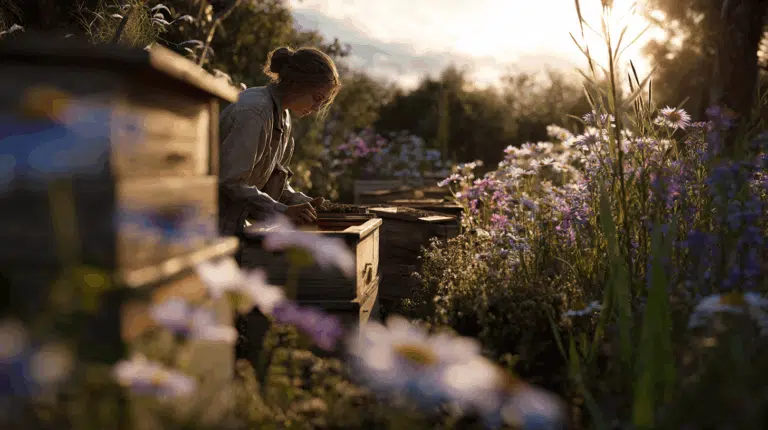Watermelon is a juicy, sweet fruit with a high water content and a refreshing flavor. A favorite summer fruit on hot days.

Watermelons are generally larger, have a higher water content, and a crunchy texture. Honeydew melons (such as cantaloupe and honeydew melon) have firmer flesh and are usually sweeter.
There are several types of watermelon, including seeded and seedless varieties, and with varying sizes, colors, and flavors.
Watermelon plants are vining creepers. They need plenty of space to grow along the ground, or you can tie them up to encourage them to climb.
For best results, start sowing seeds indoors in small pots from mid-April to mid-May. Watermelons need a constant, warm temperature of around 22°C (72°F) to germinate.
Sow the seeds about 1.5 cm (0.5 inches) deep in pots filled with seed-starting mix.
Wait to plant out until after the Ice Saints (mid-May) and when there is no longer any risk of night frost. Harden off the plants by placing them outside during the day.
Yes, watermelons are voracious eaters. Provide a fertilizer rich in phosphorus and potassium, preferably tomato fertilizer.
Pruning is necessary to keep the plant under control and direct its energy toward fruit production. Limit growth to two to three main canes.
Watermelon plants have both male and female flowers. When growing in a greenhouse or due to insect deficiencies, hand pollination may be necessary. This is done by applying pollen from a male flower to the pistil of a female flower.